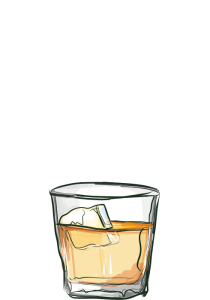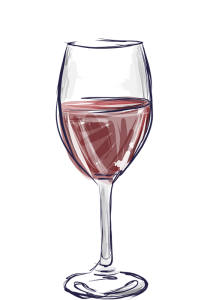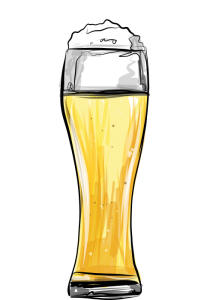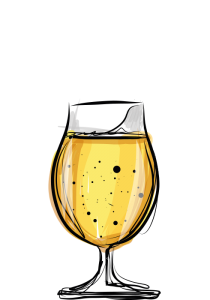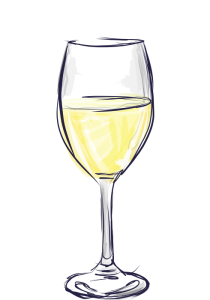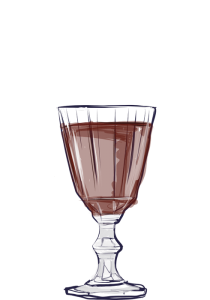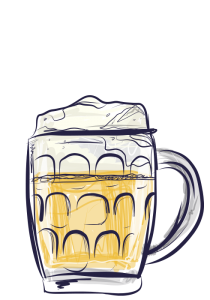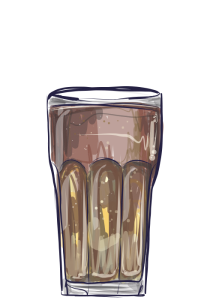“The art of good eating and drinking” in France – which was added to the UNESCO List of the Intangible Cultural Heritage of Humanity in 2010 and France’s protected Cultural and Gastronomic Heritage in 2014, as “arts de vivre” – is one of life’s greatest pleasures; but it is important to appreciate both food and drink in moderation and as part of a balanced diet.
How? By taking note of a few calorie references, so that you can drink alcohol with an informed mind.
Follow our guide!
Wines and spirits are the product of an age-old tradition, but they are not calorie-free!
How many calories
in my drink?
| For a single alcohol unit ( ? ) | % vol. | Kcal +/- | ||
|---|---|---|---|---|
| red or rosé wine | ~10cl | 12 | 80 | |
| white wine (dry) | ~10cl | 12 | 80 | |
| sparkling wine (brut) | ~10cl | 12 | 80 | |
| spiritis | ~3cl | 40 | 70 | |
| anis with water | ~2,5cl | 45 | 73 | |
| AROMATIZED WINE PRODUCT | ~9cl | 14 | 117 | |
| fortified wines (Porto) | ~8cl | 19 | 118 | |
| cider | ~25cl | 5 | 102 | |
| Beer | ~25cl | 5 | 105 | |
The quantities indicated here are in single units of alcohol, the equivalent of 10 grams of ethanol.
However, the definition of a unit of alcohol and the volume contained in a glass served in a bar can vary according to country (for some countries there are official recommendations: 10 grams of ethanol in France, 8 grams of ethanol in the UK, 12 grams of ethanol in Scandinavian countries).


